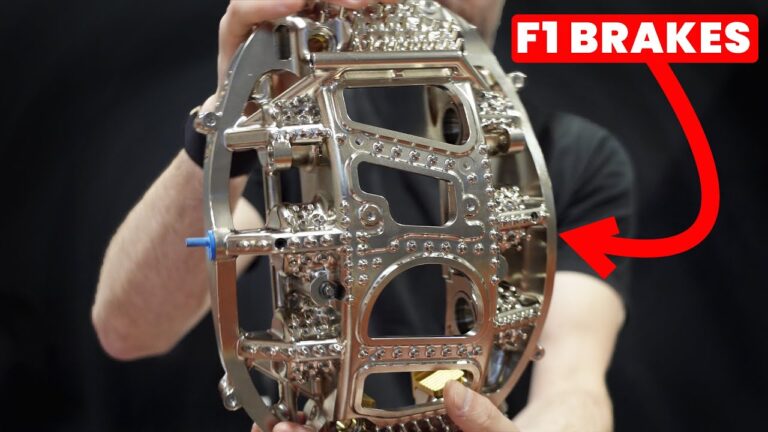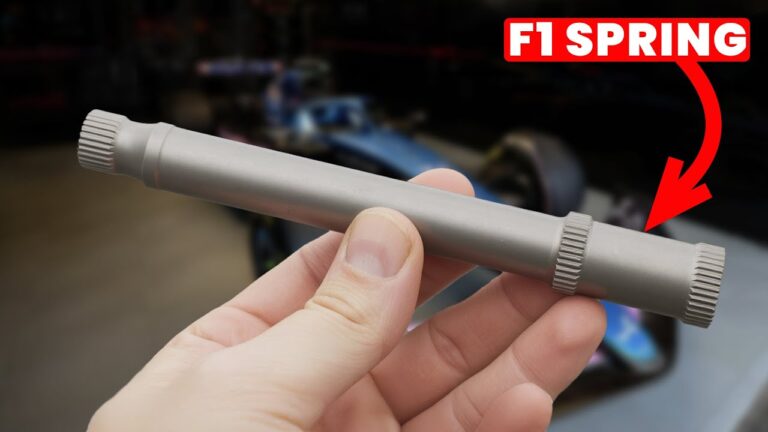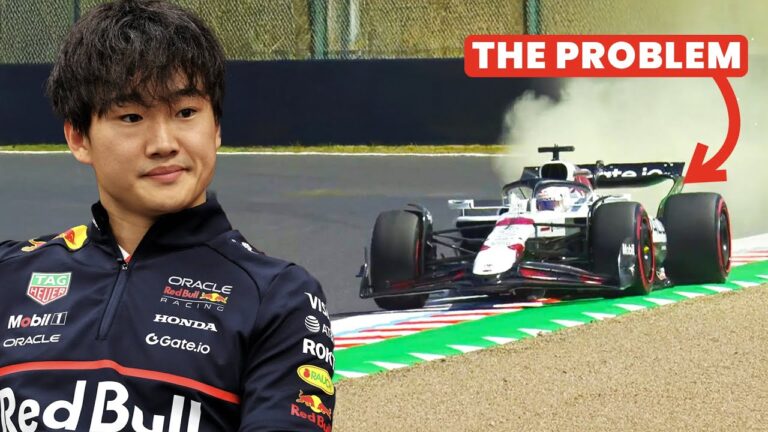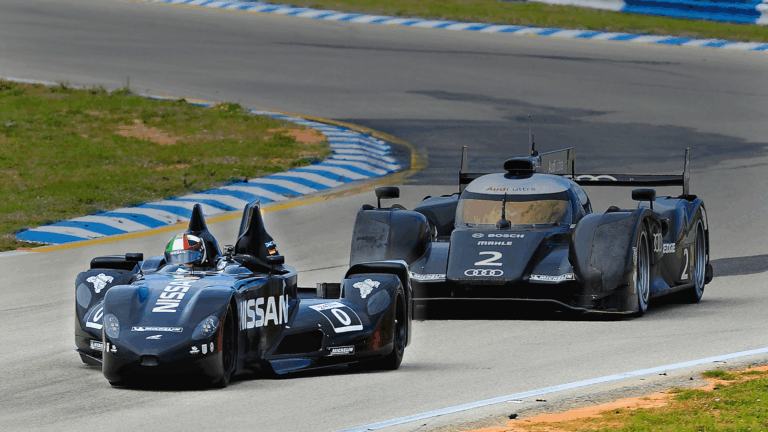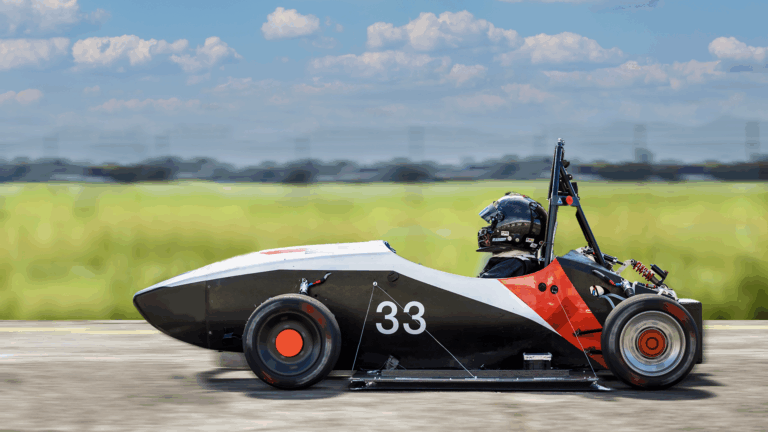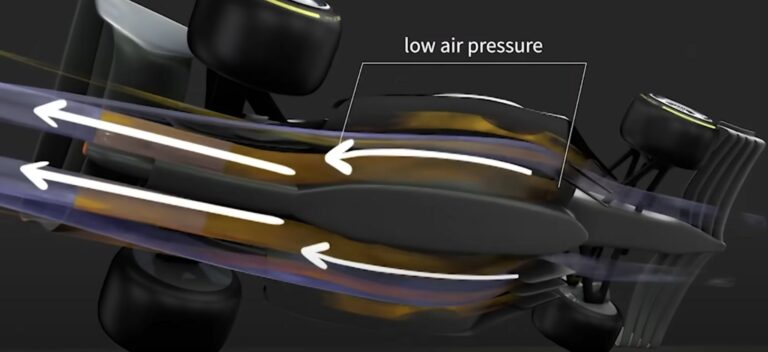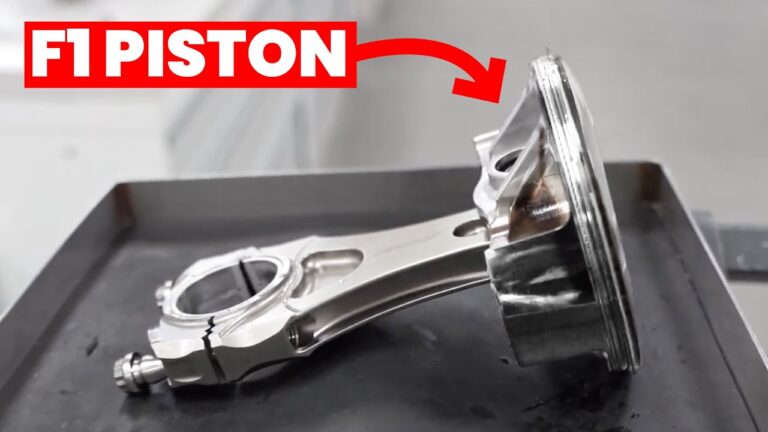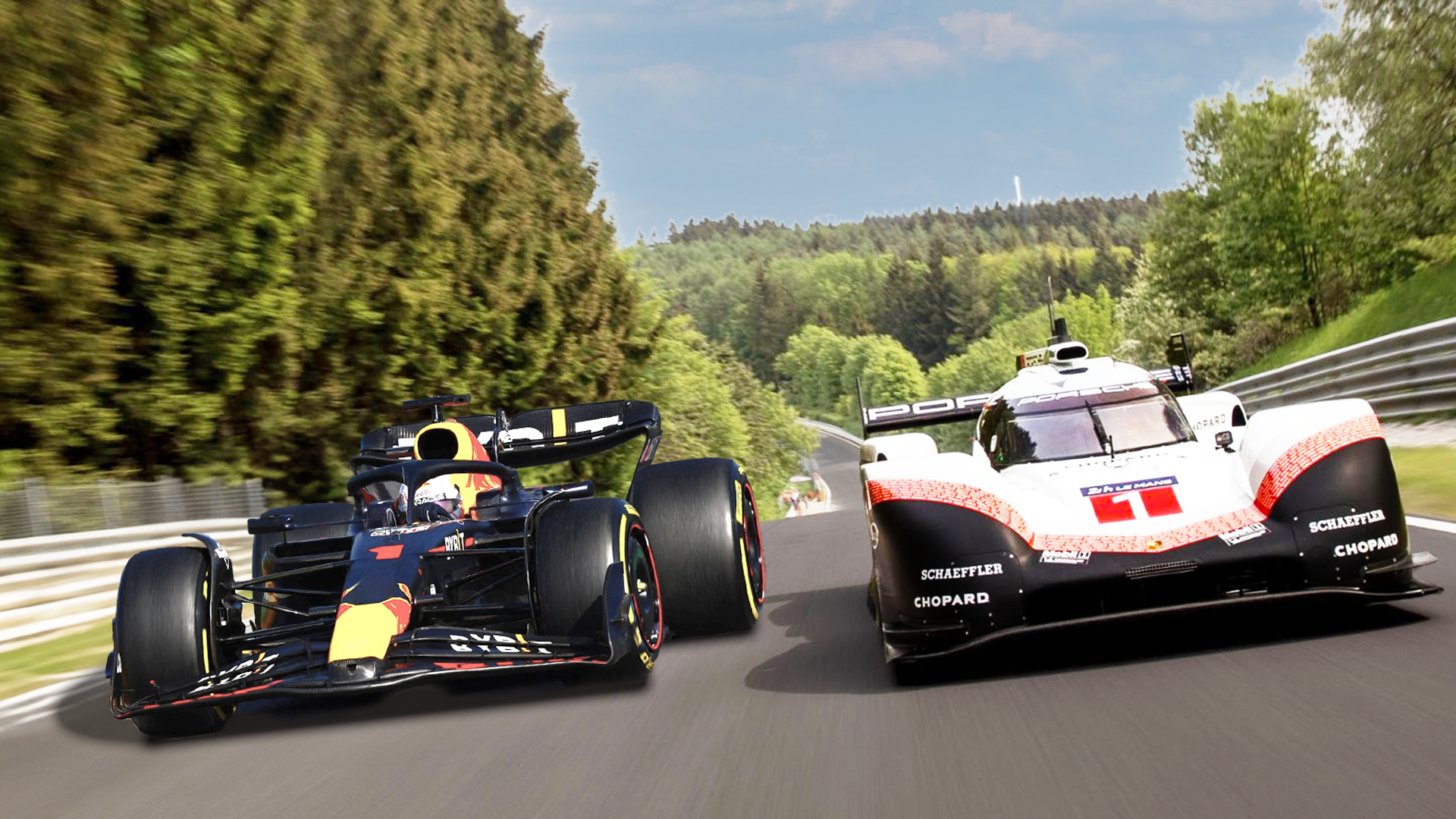
The Porsche 919 Evo stands as one of the most extraordinary racing machines ever created, surpassing the speed of even the most advanced Formula 1 cars. This article dives into the engineering marvel that allowed Porsche to shatter lap records, including a 35-year-old Nürburgring lap time previously held by another Porsche legend. We explore the design tweaks, aerodynamics, and engineering breakthroughs that make the 919 Evo a true feat of modern motorsport.
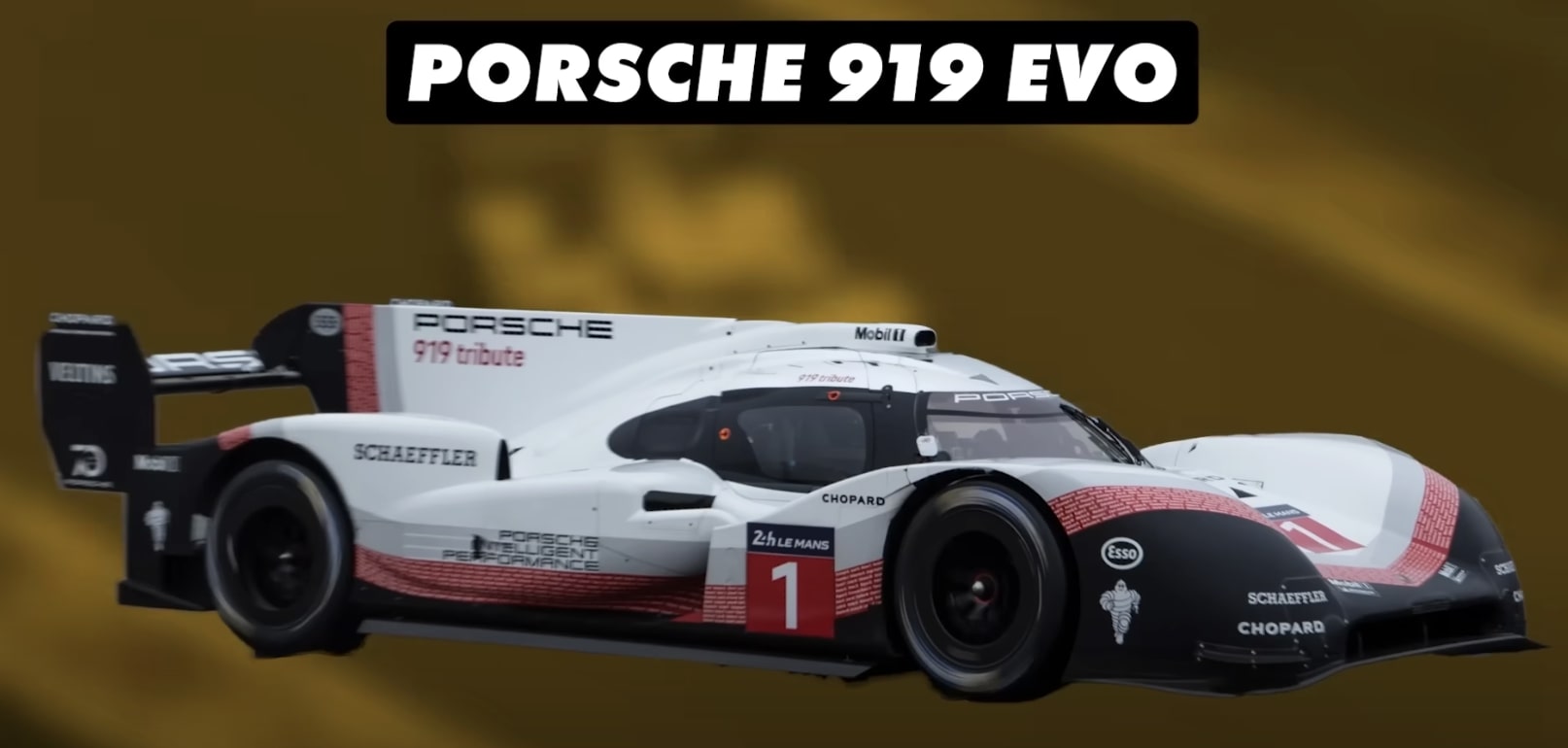
Smashing Records and Redefining Speed
The Porsche 919 Evo wasn’t just built for speed – it was designed to break records. Starting with their impressive LMP1 model, Porsche’s engineers managed to shave over 12 seconds off its lap time at Spa, achieving speeds faster than some F1 cars. But the real achievement came at the Nürburgring Nordschleife, where the Evo broke a 35-year-old record, previously set by the Porsche 956 Group C, with a stunning lap time that left motorsport fans in awe.
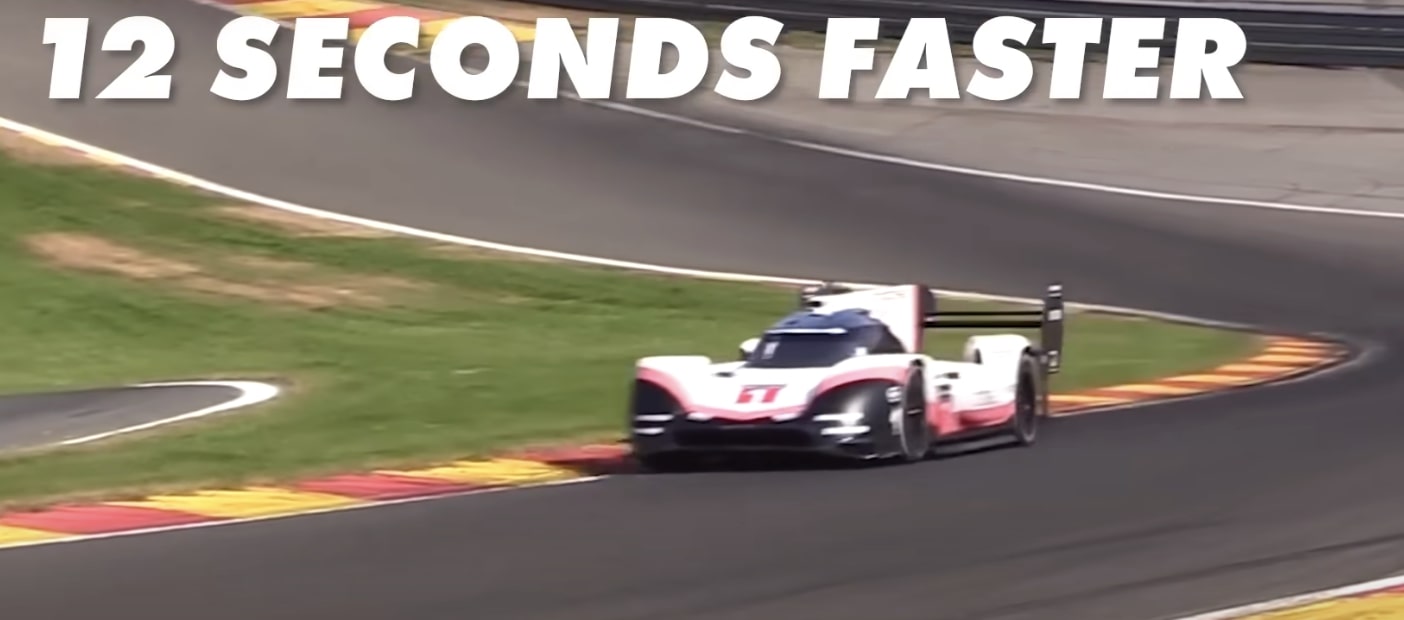
A No-Limits Engineering Project
Leading the 919 Evo project was Steven Mitas, former Chief Race Engineer for Porsche’s LMP1 team. With the support of team principal Andreas Seidl and the Porsche board, Mitas was given the rare opportunity to modify the 919 Hybrid with few constraints. This freedom allowed them to push the limits of the car’s power, aerodynamics, and suspension in a way that would normally be restricted by motorsport regulations.
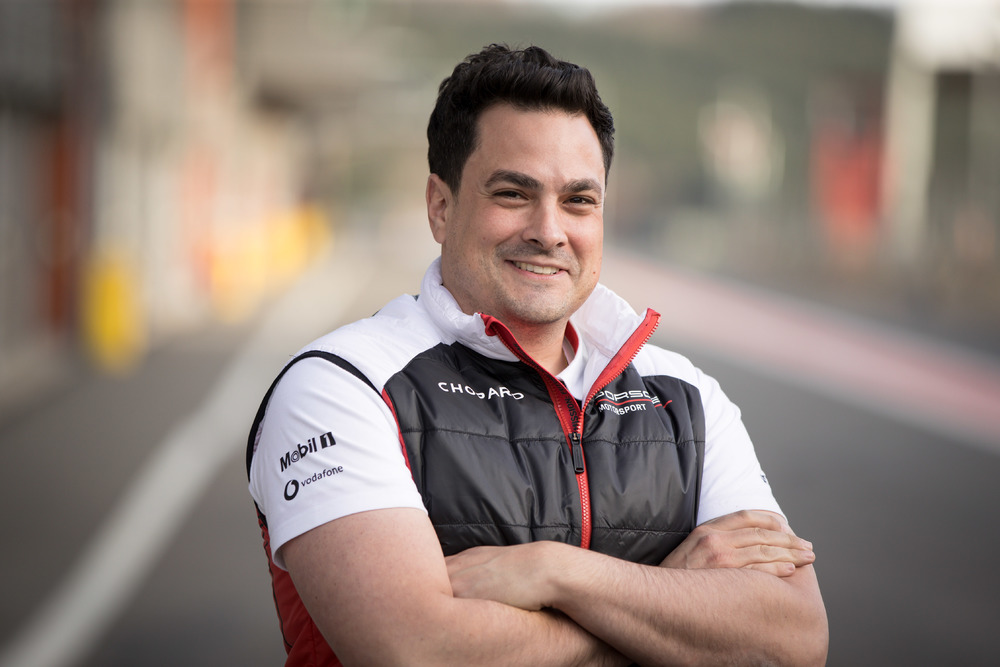
“What could our 919 Hybrid Evo be if we turned it up to eleven?” This was the guiding question, and Porsche didn’t hold back in finding the answer.
Building a Record-Breaker: From Power to Aerodynamics
The 919 Evo’s V4 turbocharged hybrid engine was upgraded to produce a jaw-dropping 1,160 horsepower. By removing fuel flow and battery power restrictions, Porsche engineers increased the car’s overall output. While there was talk of adding a bigger turbocharger, the project’s tight timeline kept the original setup, allowing engineers to focus on fine-tuning what was already there.
Aerodynamics was another key focus. The Evo’s front and rear diffusers were extended and made taller, which increased downforce while reducing drag. Skirts were added to prevent high-pressure air from entering under the car, maximising downforce without the typical restrictions. The rear wing was also widened and repositioned for optimal airflow, creating a synergy between the air exiting from under the car and the downforce generated at the rear.



Tackling the Engineering Challenges
The engineering challenges weren’t just about adding more power and downforce. Every change increased the load on the car’s structure, particularly the tires, which were subjected to immense pressures. To maintain structural integrity, Porsche had to inflate the tires to 44 psi, significantly higher than standard race car pressures.
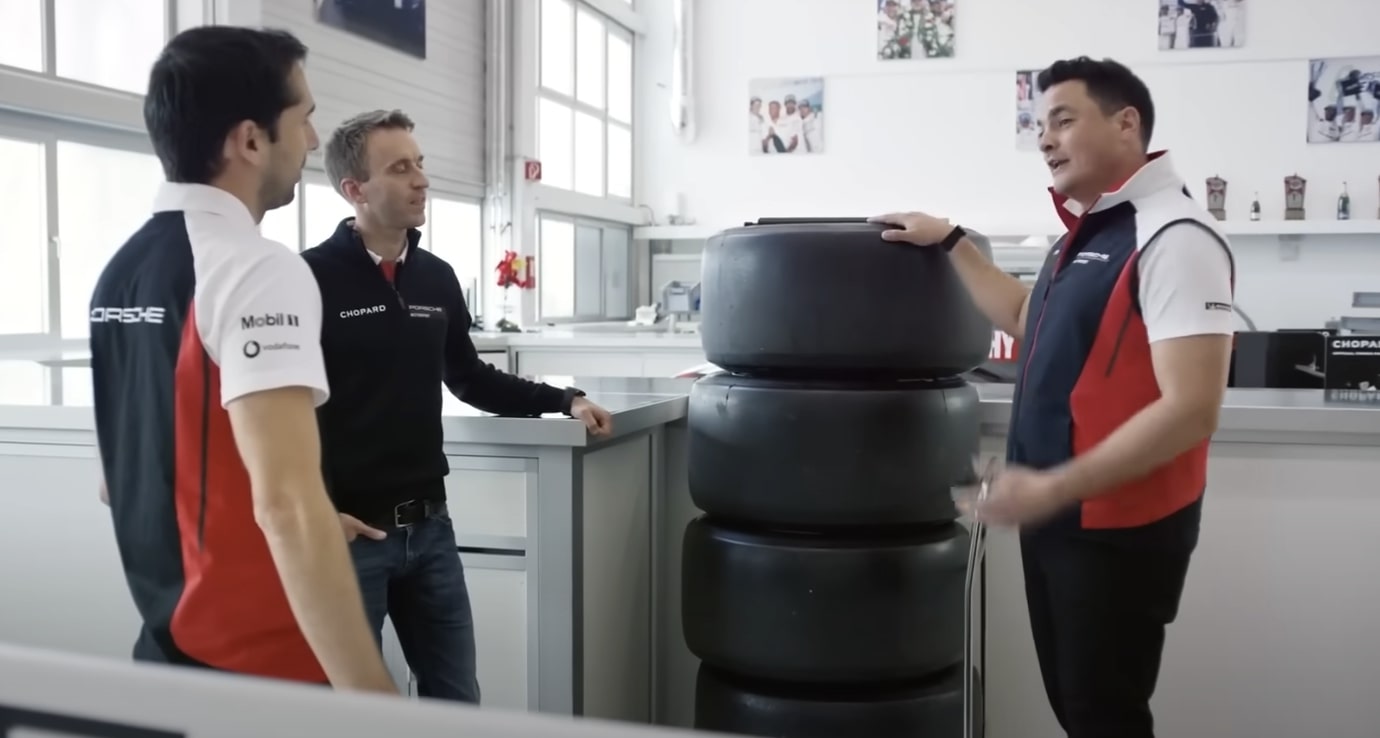
Even with reinforced materials and advanced suspension setups, keeping the 919 Evo’s body stable was no small feat. The hydraulically linked suspension between the front and rear allowed the car to maintain a consistent pitch, crucial for handling the increased downforce. This prevented the car from “bottoming out” at high speeds, ensuring both stability and safety.
Revolutionary Brake and Stability Control
The 919 Evo featured brake-by-wire systems on all four wheels, which allowed for precise braking control at each corner. This system acted as an advanced form of traction and stability control, particularly beneficial for the bumpy Nürburgring track, where traditional braking systems would have struggled to maintain grip on uneven surfaces.
Pushing the Boundaries of Modern Motorsports
Despite the record-breaking success of the 919 Evo, it wasn’t a flawless journey. Testing at circuits like Spa and the Nürburgring revealed unique challenges, from overheating tires to structural strains that forced last-minute adjustments. But with each test, the Porsche team came closer to creating a car that could achieve unprecedented speeds on some of the world’s toughest tracks.
Porsche’s 919 Evo isn’t just a testament to what can be achieved when regulations are lifted – it’s a glimpse into the future of motorsport engineering. As Formula 1 and other leagues evolve, the innovations tested on this car may well shape the cars we see on the track in the years to come.



